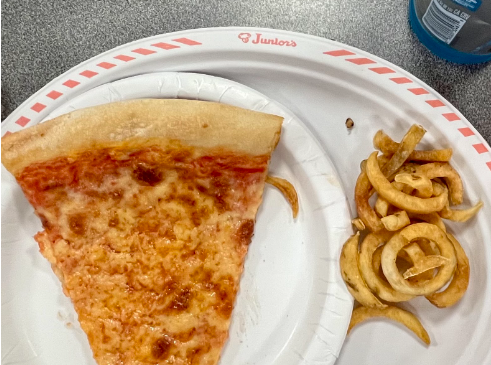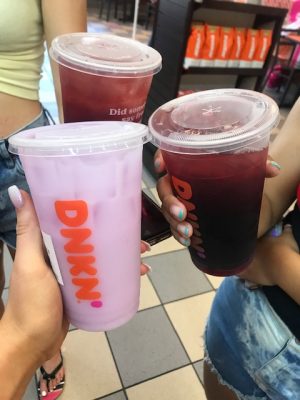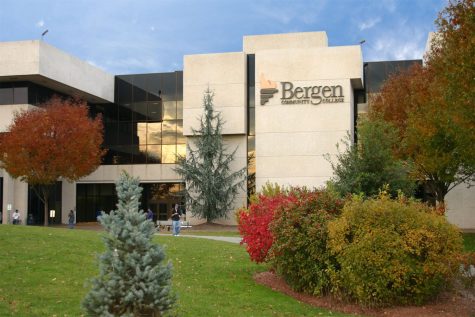Small Changes in School Food Make Big Changes to Our Mood

February 8, 2023
After three hours of school and little sleep, many students look forward to lunch as a time to regroup and energize. Unfortunately, the thirty minutes allotted to Emerson students is hardly relaxing and the food, uh, well, it’s unsatisfying to both their mouths and bodies.
Lunch should keep students’ brains well nourished to improve thinking and avoid irritability, a.k.a “hangry.” Many students skip breakfast, so lunch is usually the only food that maintains the necessary energy and nutrients. The school lunch follows a ChooseMyPlate diet with fruits, grains, vegetables, and proteins, offering salads, deli, fruits, cheese, and many fried foods such as pizza and other unhealthy options. The latter options are what students tend to prefer. This is because they prioritize palatability over healthy foods. Who would choose a salad over french fries?
The most prominent complaint is the standard of food; it is both insalubrious and unappetizing. Unlike freshly made meals, almost all of the food served in the cafeteria is pre-cooked, frozen, and then heated up. Even fresh, healthy food that is delicious is not as hard to achieve and it will be much more preferred.
While the cafeteria does offer some healthy food, it’s cost prohibitive, a healthier meal costs a lot more than the fast food offerings, which is a problem since the average “fast-food meal,” pizza, fries, and Gatorade already costs a whopping $8.50.
On top of this, the excessively long and slow moving lines cut down the time to eat lunch.
Student Council Member Faith Rivers, who has been campaigning for improvements when it comes to school lunches, recently met with lunch providers for a taste test.
“I met with school lunch servers and we talked about the possibility of having sushi and sweet and sour teriyaki added to the menu; it would spice up our options.”
Different meals, especially meals that are healthy and delectable give students an overall finer experience and health. Not only are more options desirable, but the quality of food is also arguably the most integral part of how food tastes.
“I would like to see more options but also for lines to move faster,” said Rivers, “Students have to move quickly during the thirty minutes of lunch to get a good meal in.” Rivers would like to see small changes like food being prepared in larger quantities and having an extra person to hand out drinks instead of the cashier. This would work to speed things up. This also will greatly reduce the urgency to rush to get in the lines and give students time to eat and clean up.
Emerson students are undoubtedly thankful for the cafeteria workers who provide dishes and the janitors that clean up after every day; however, changes need to be made to get food to students faster and, more importantly, provide more healthful food which will feed their brains. The importance of food to help students’ brains to function fully and optimally can’t be understated. When it comes to curriculum, students are taught what they need to know not what they want; lunch should be the same.















